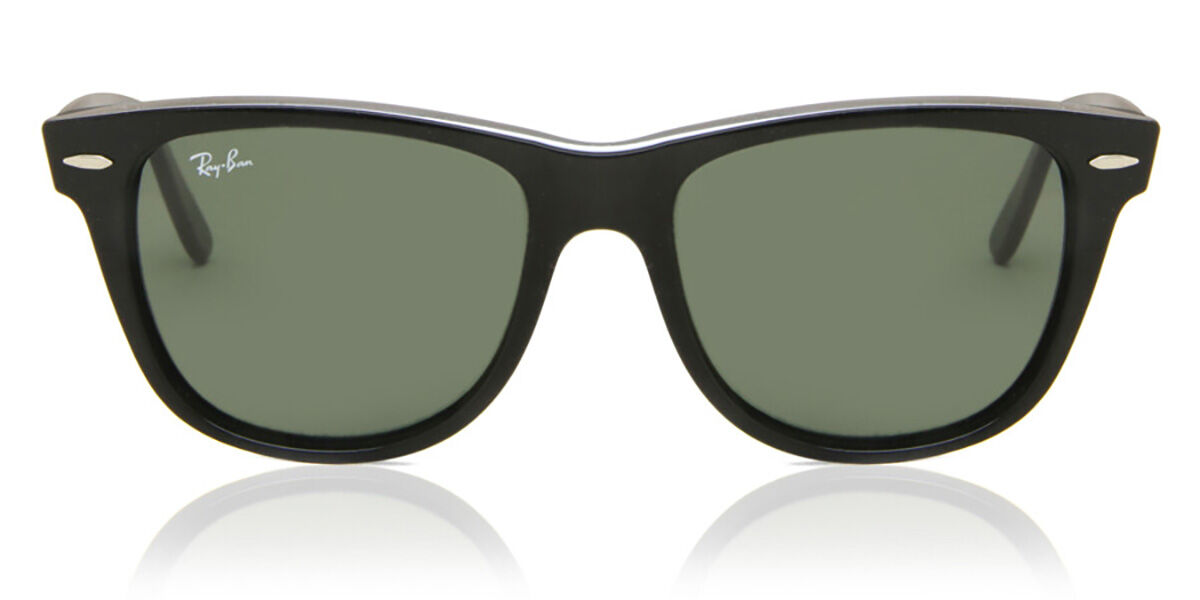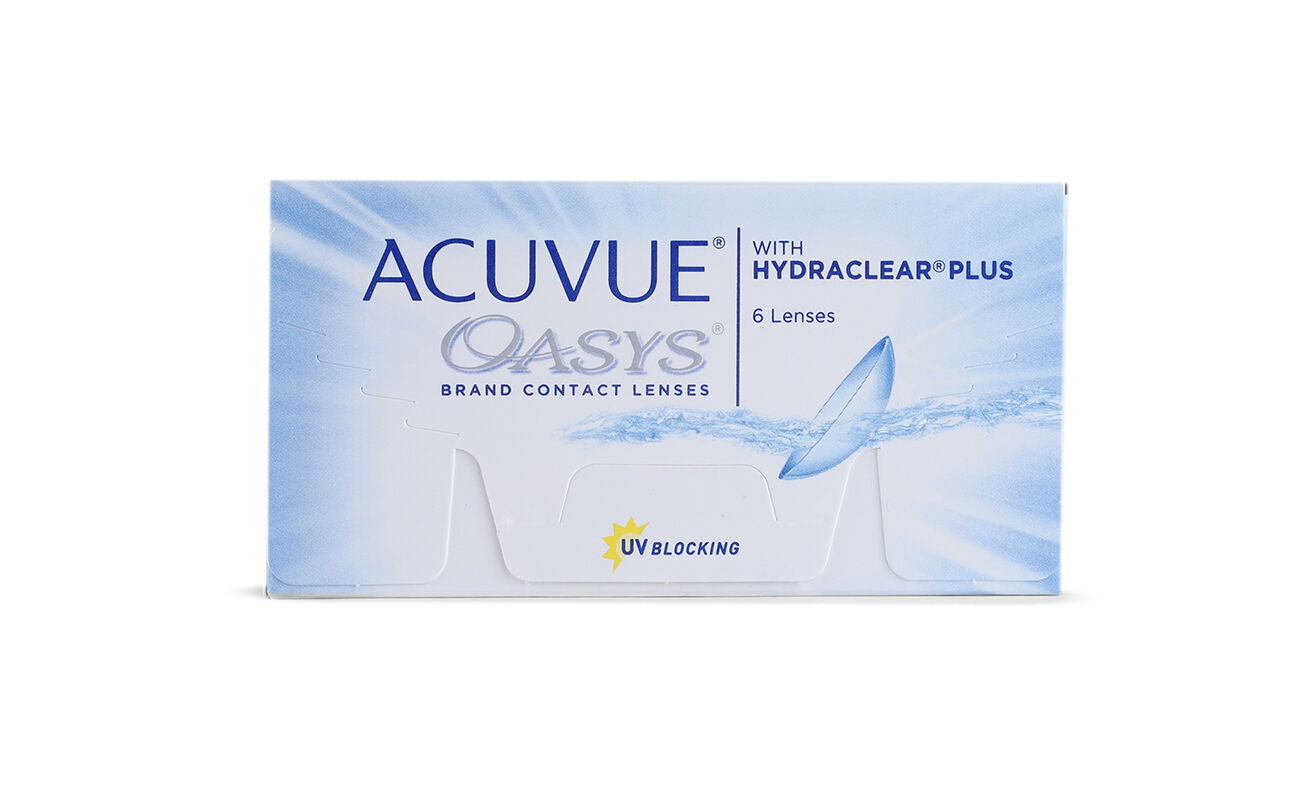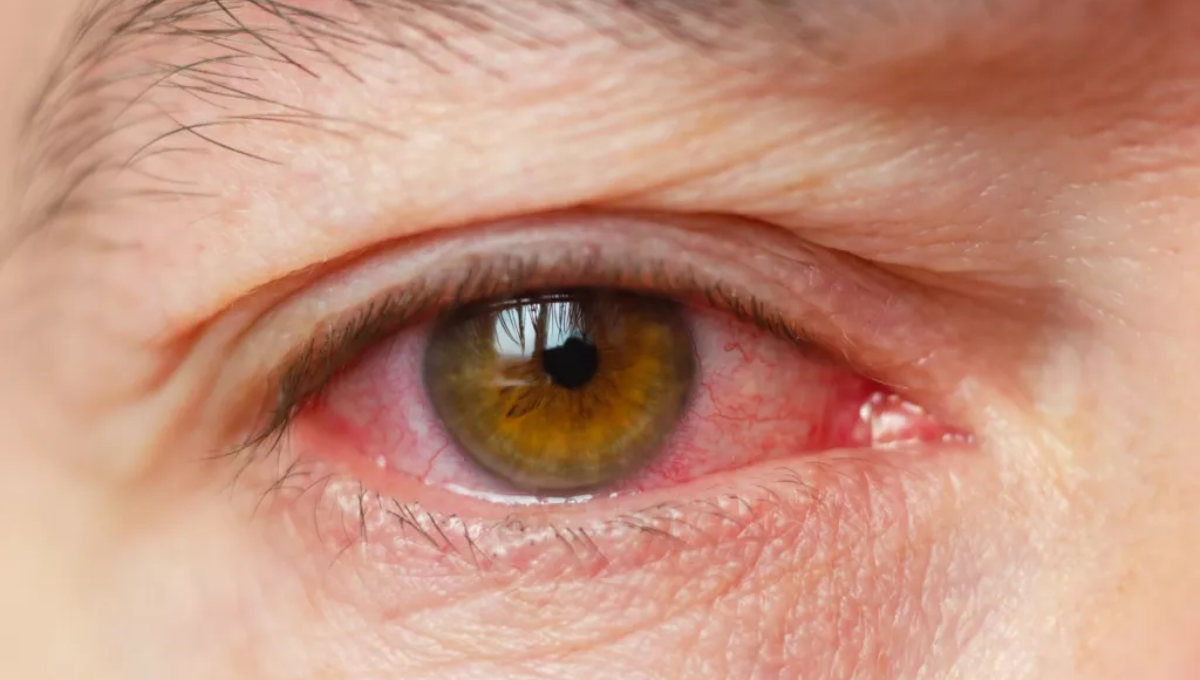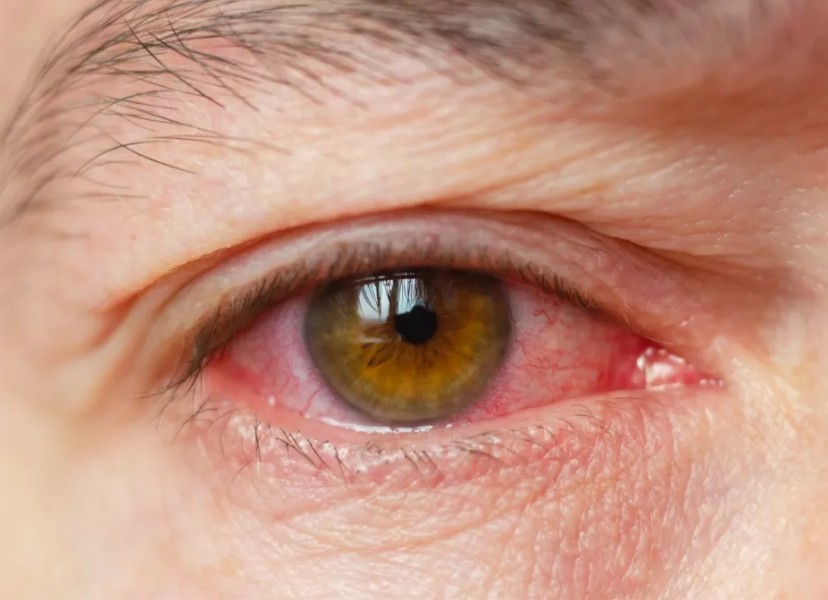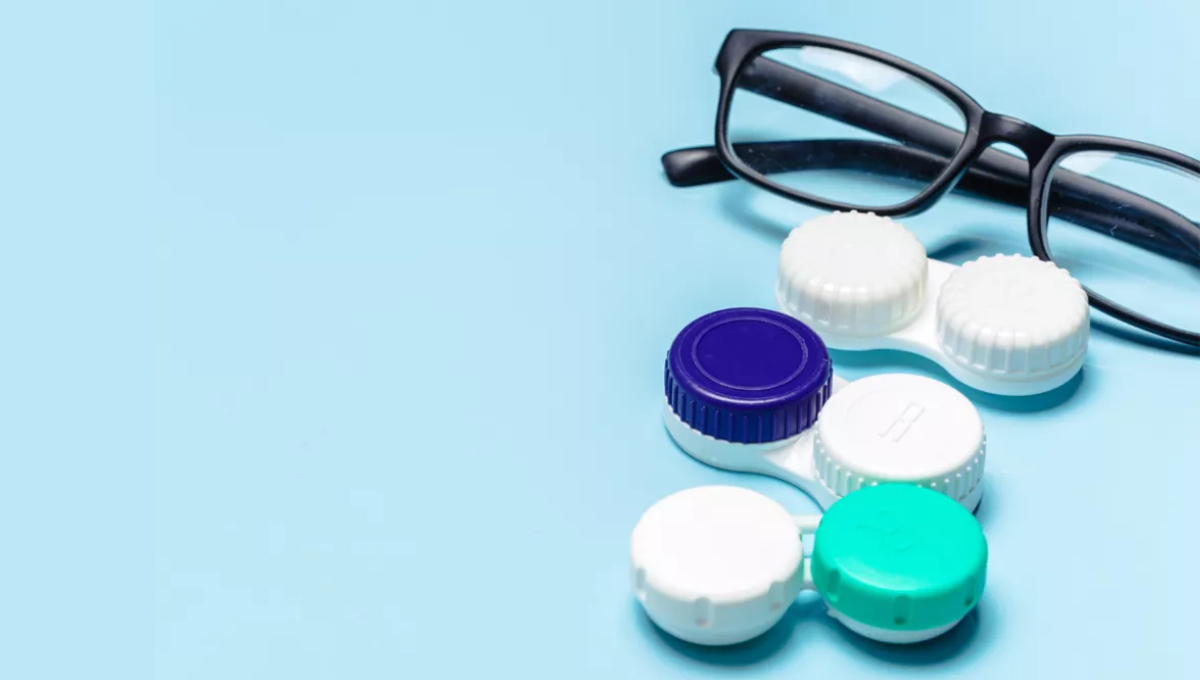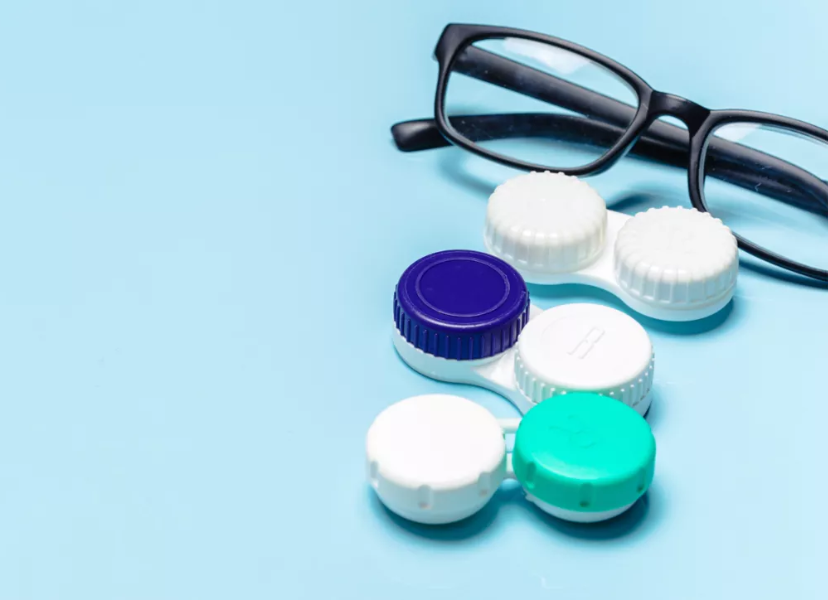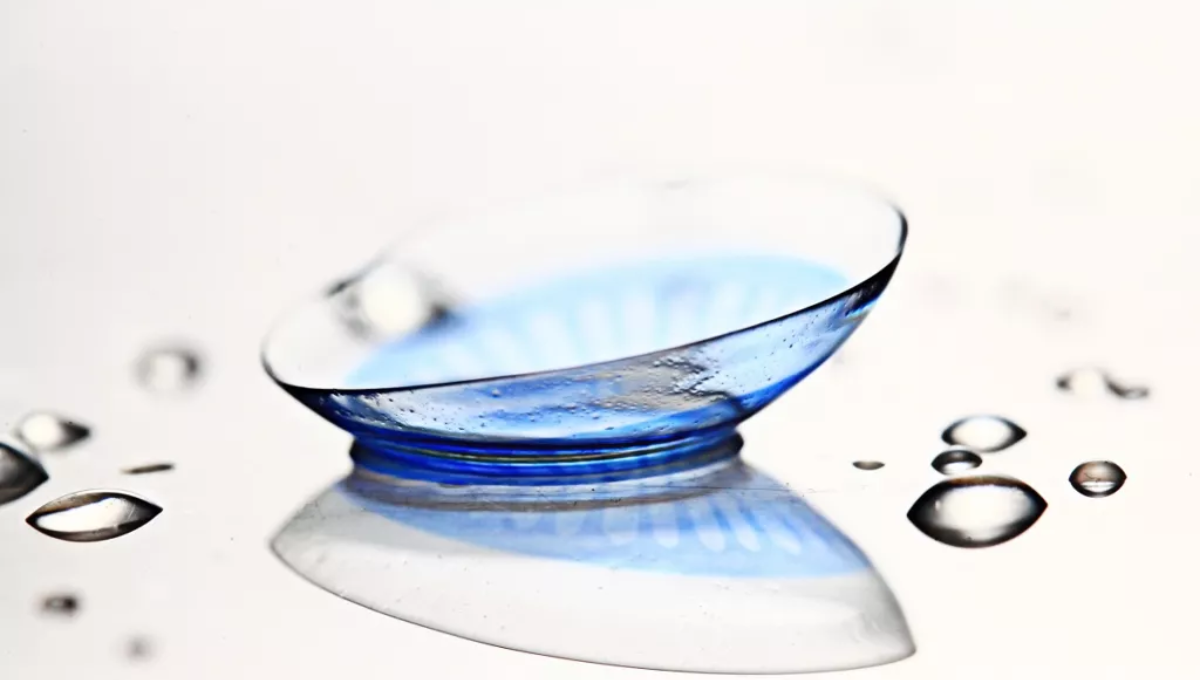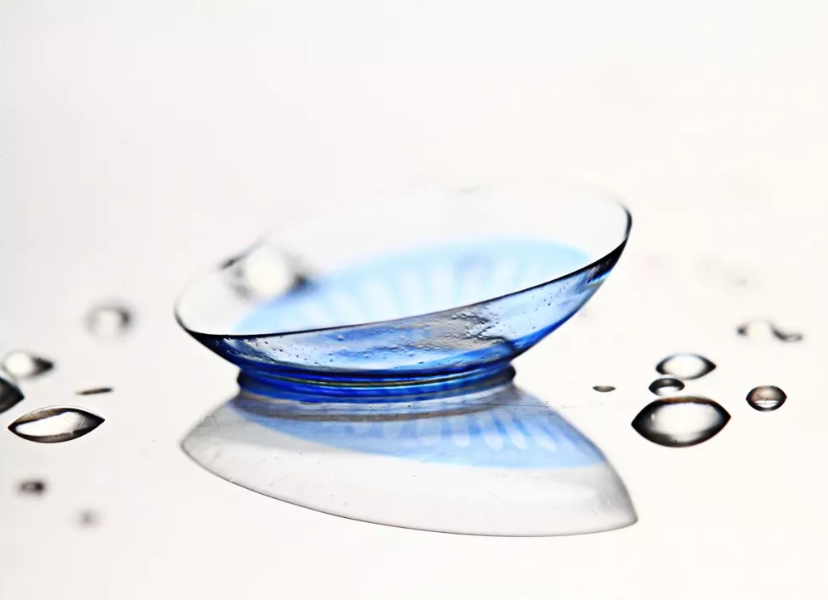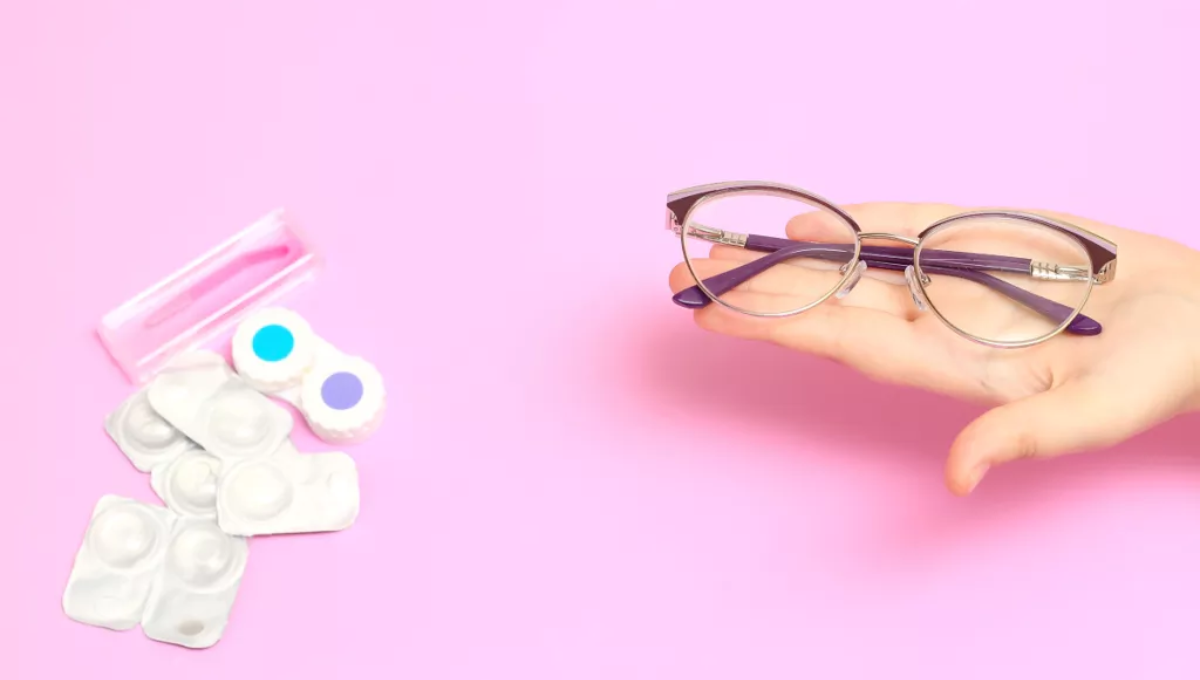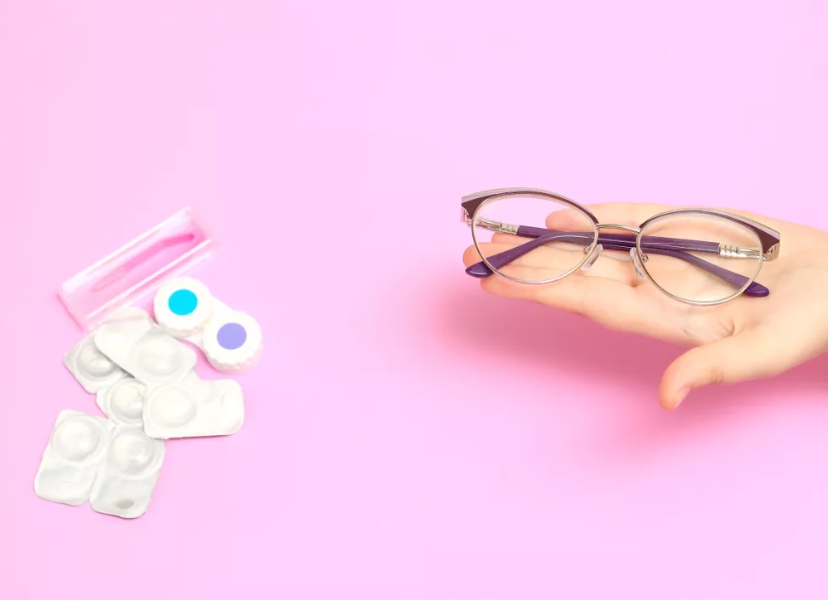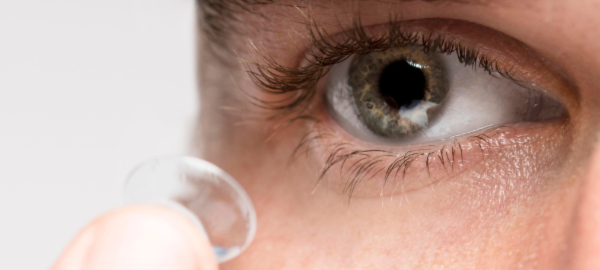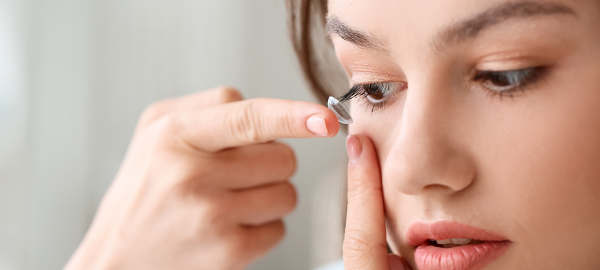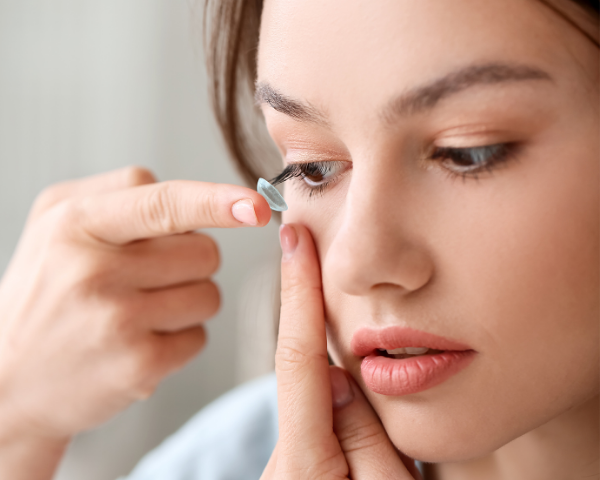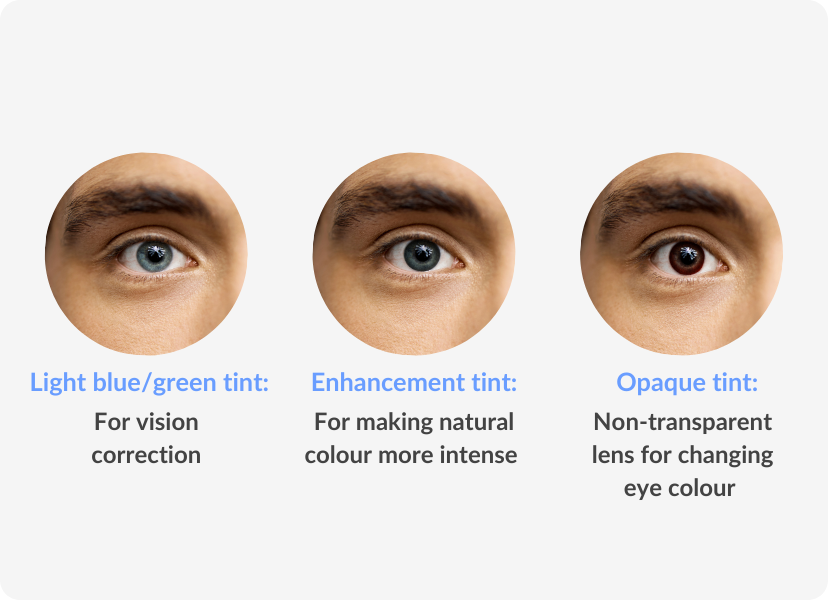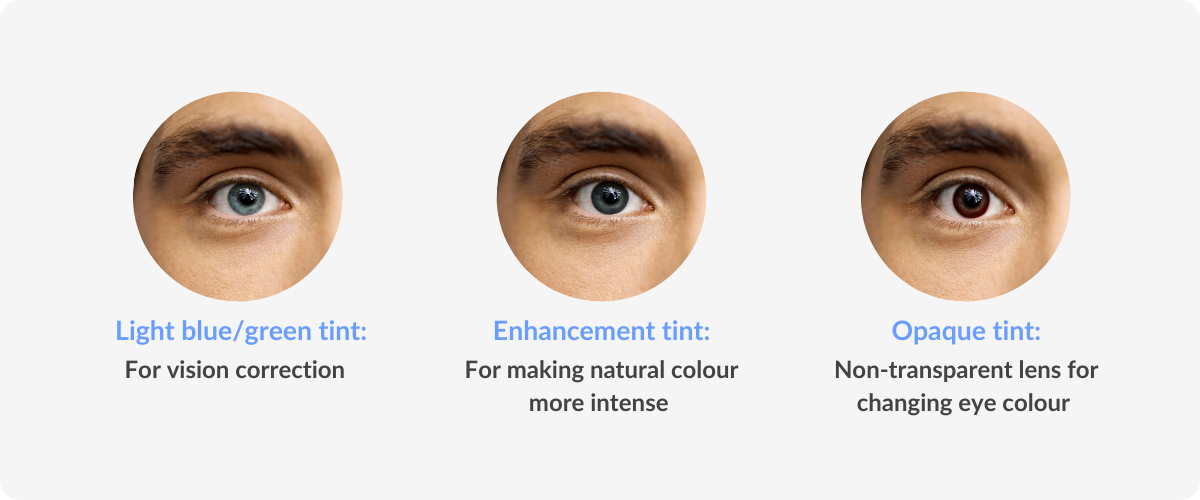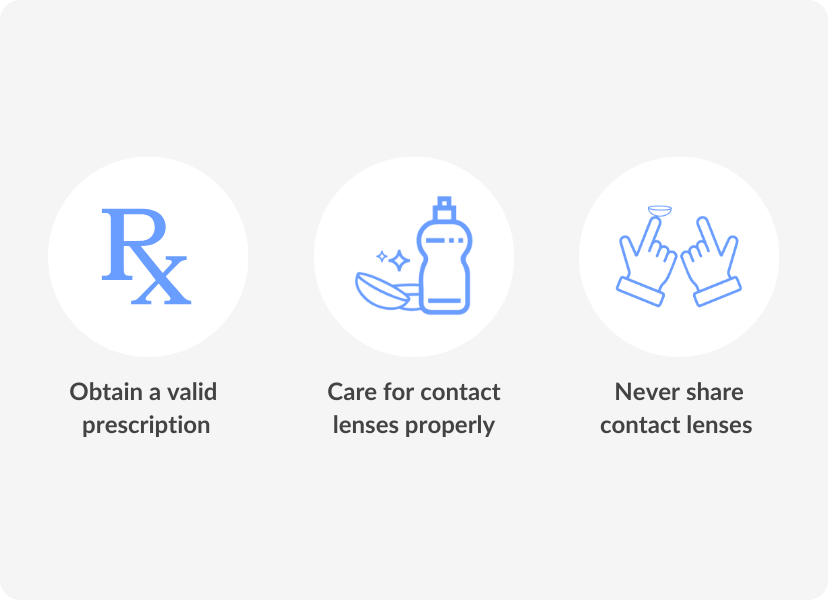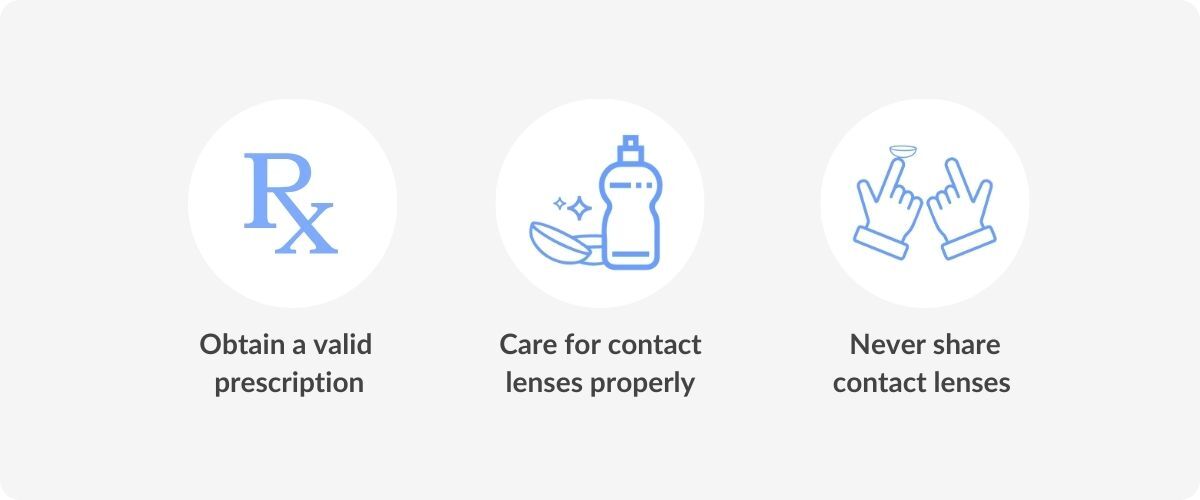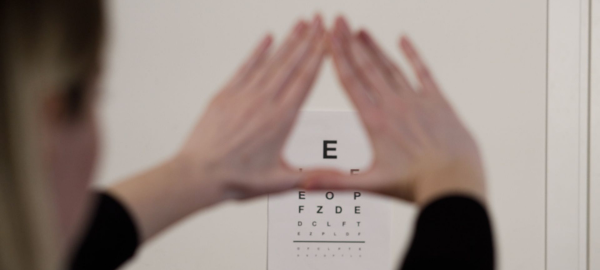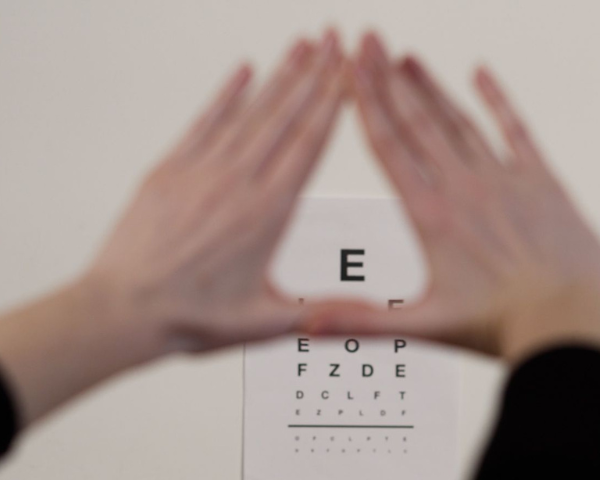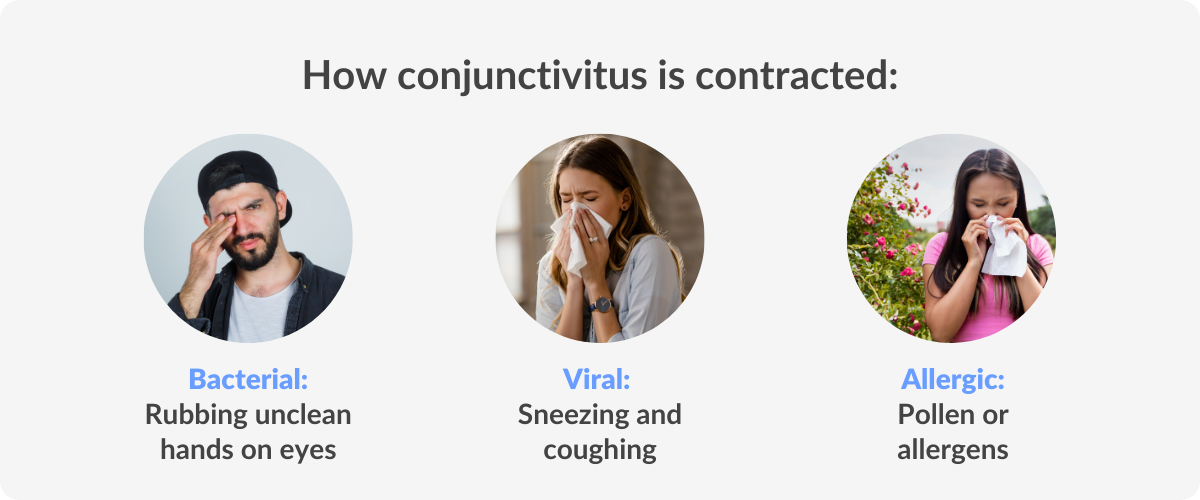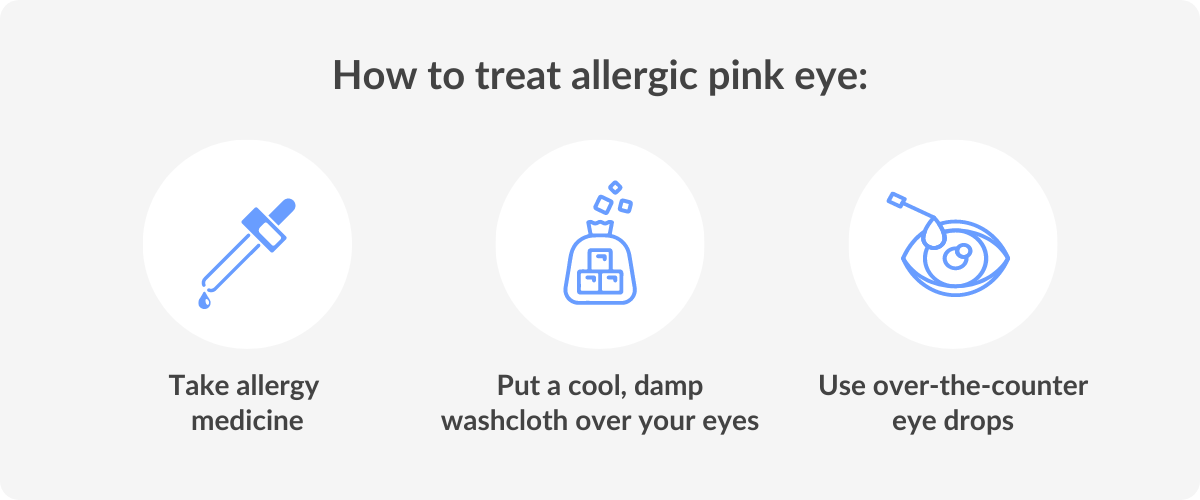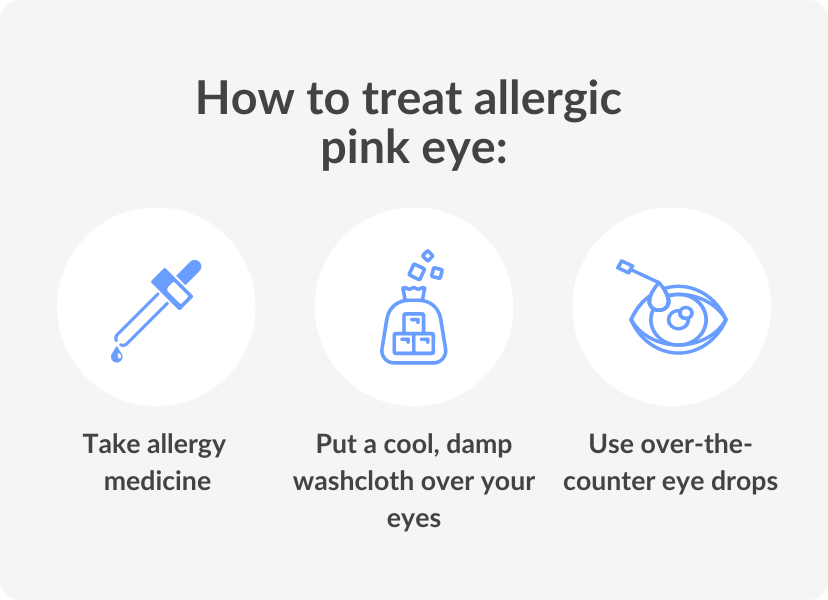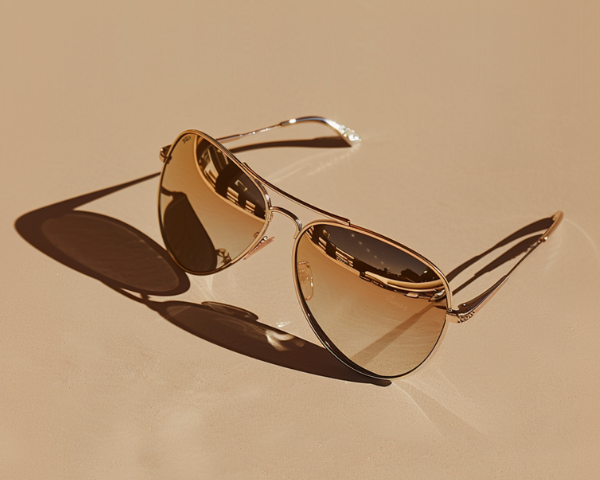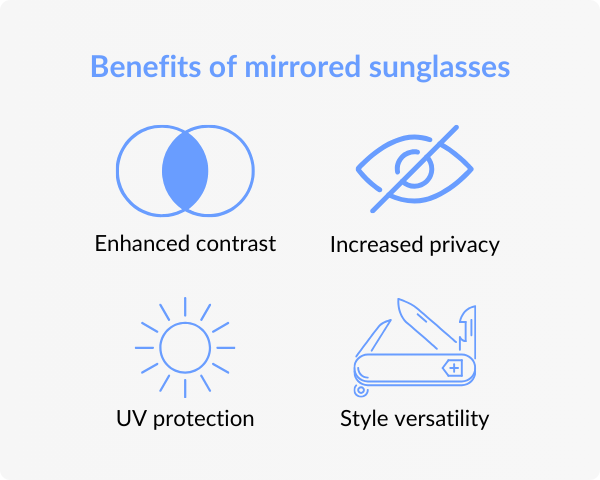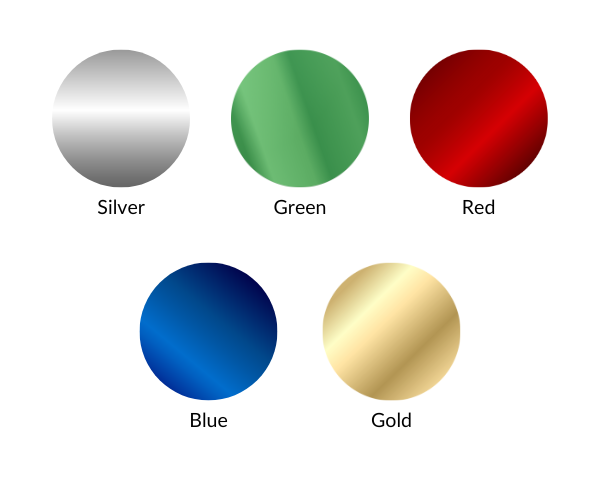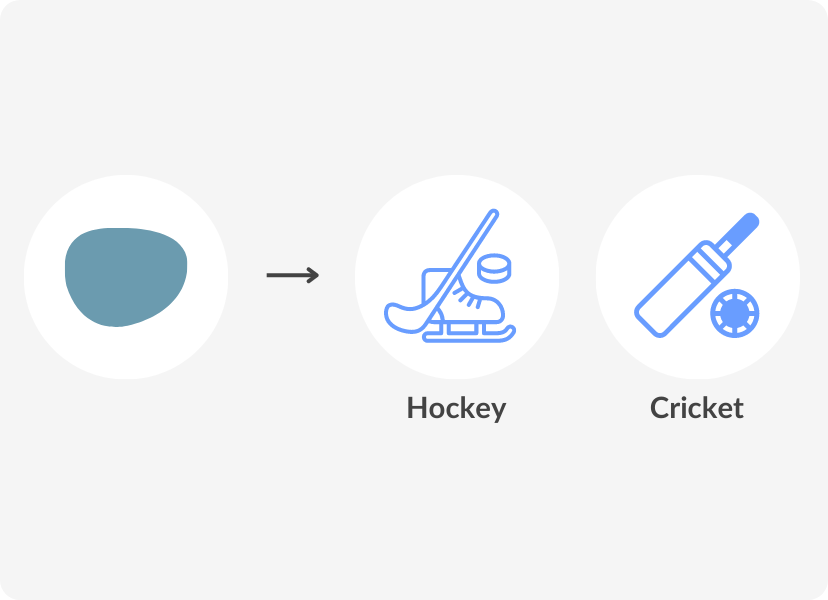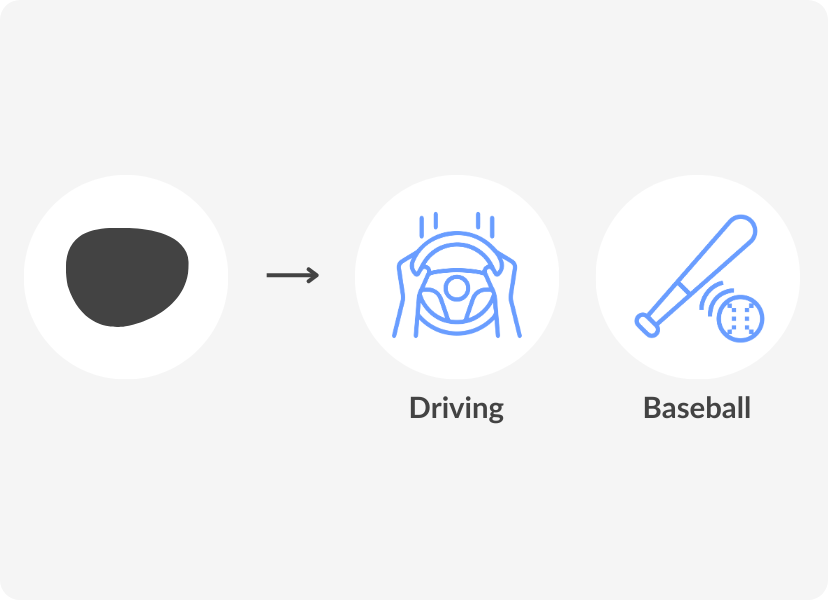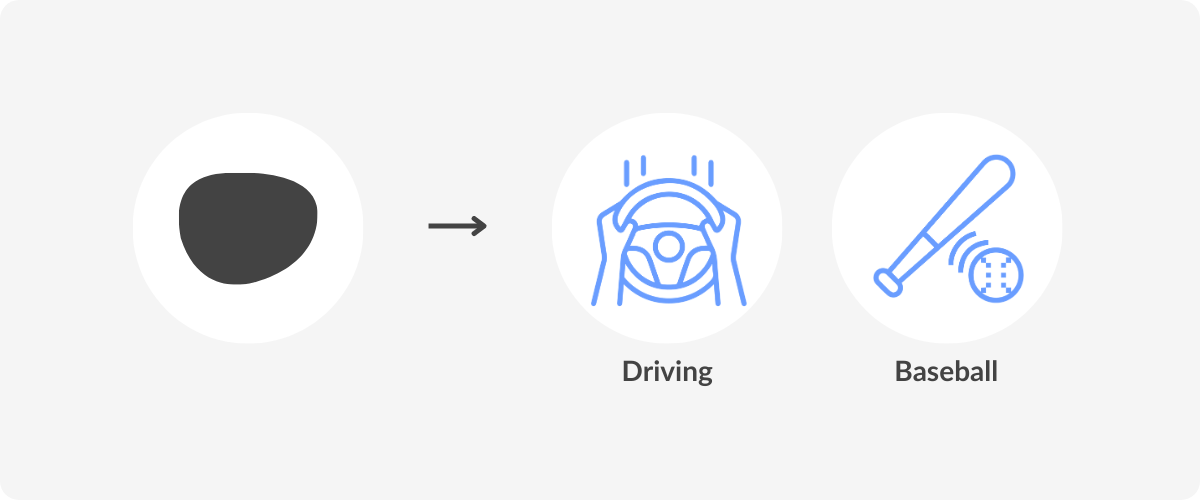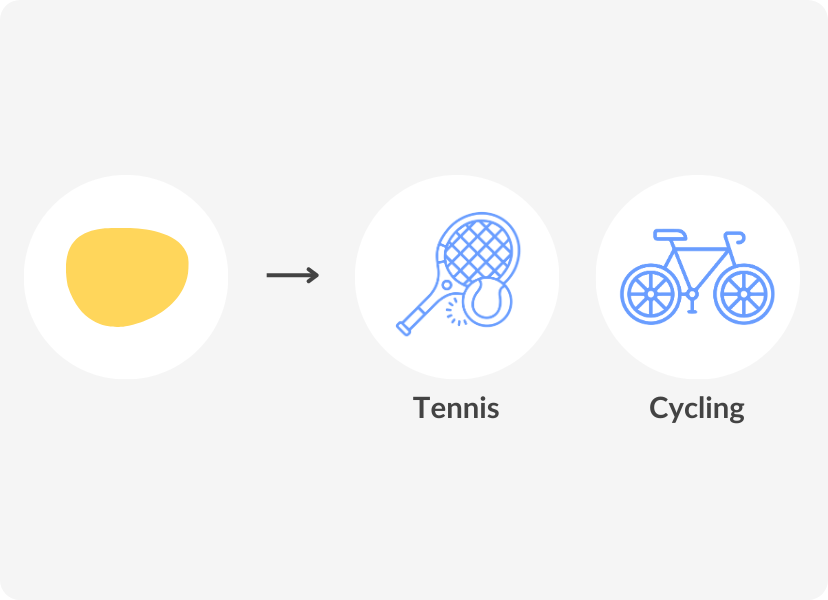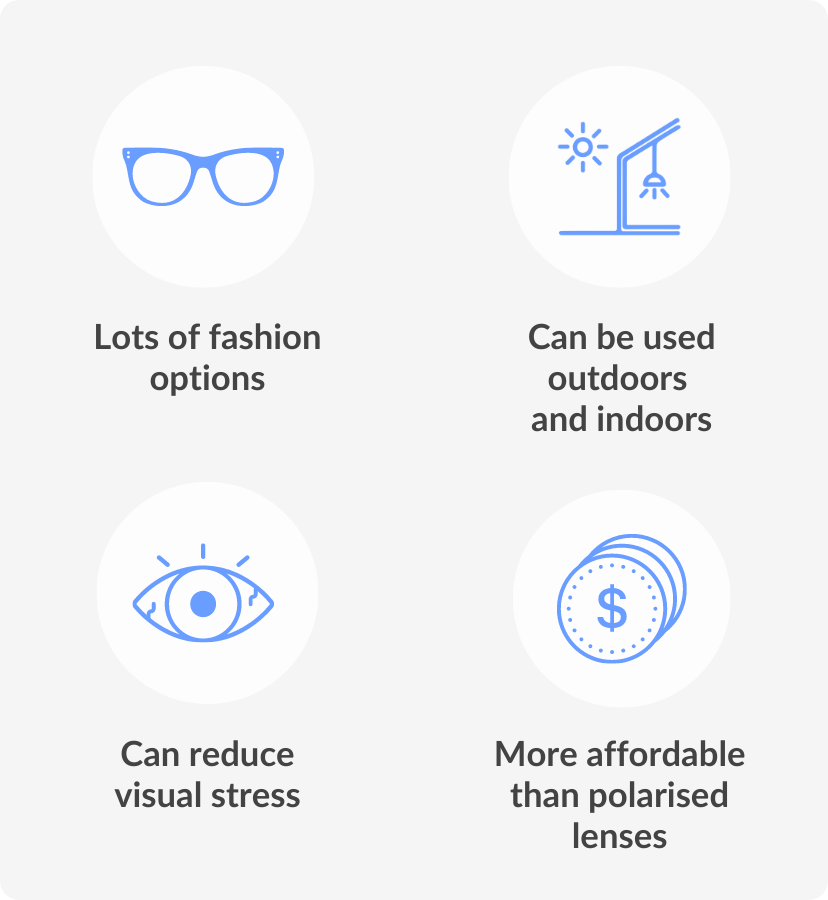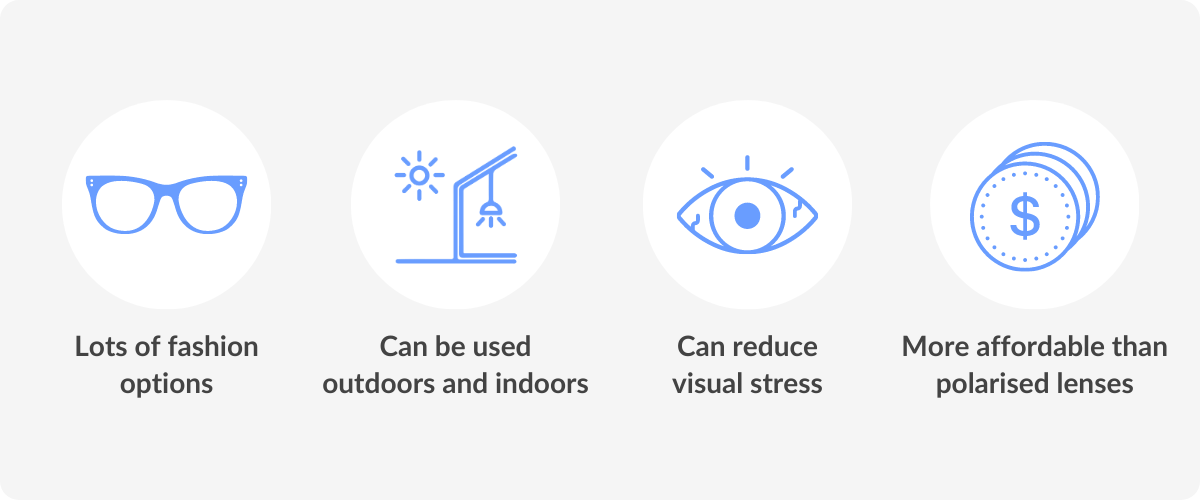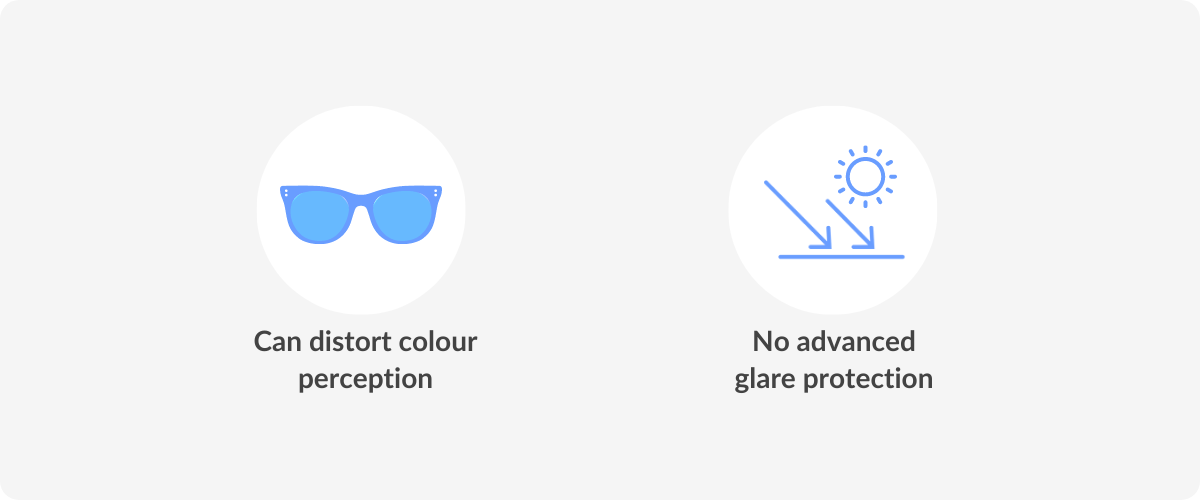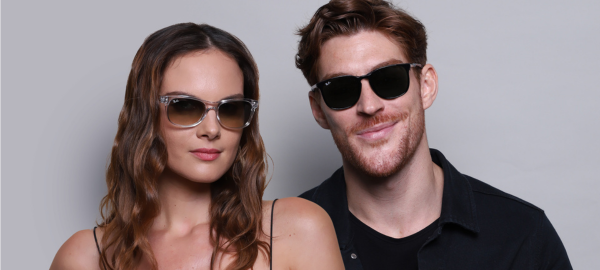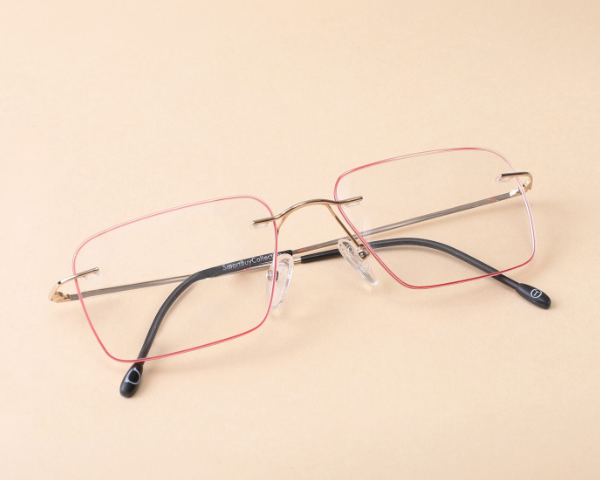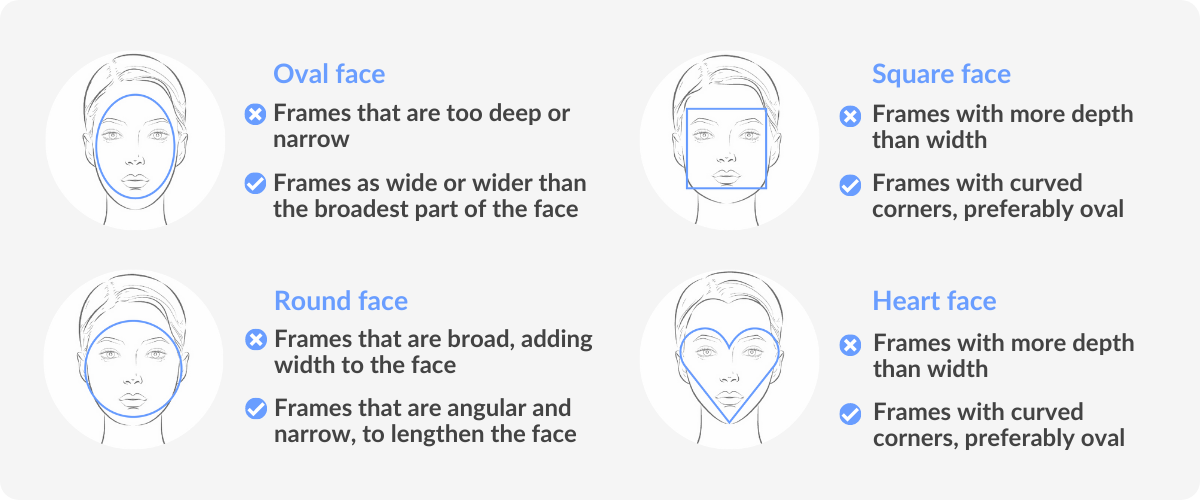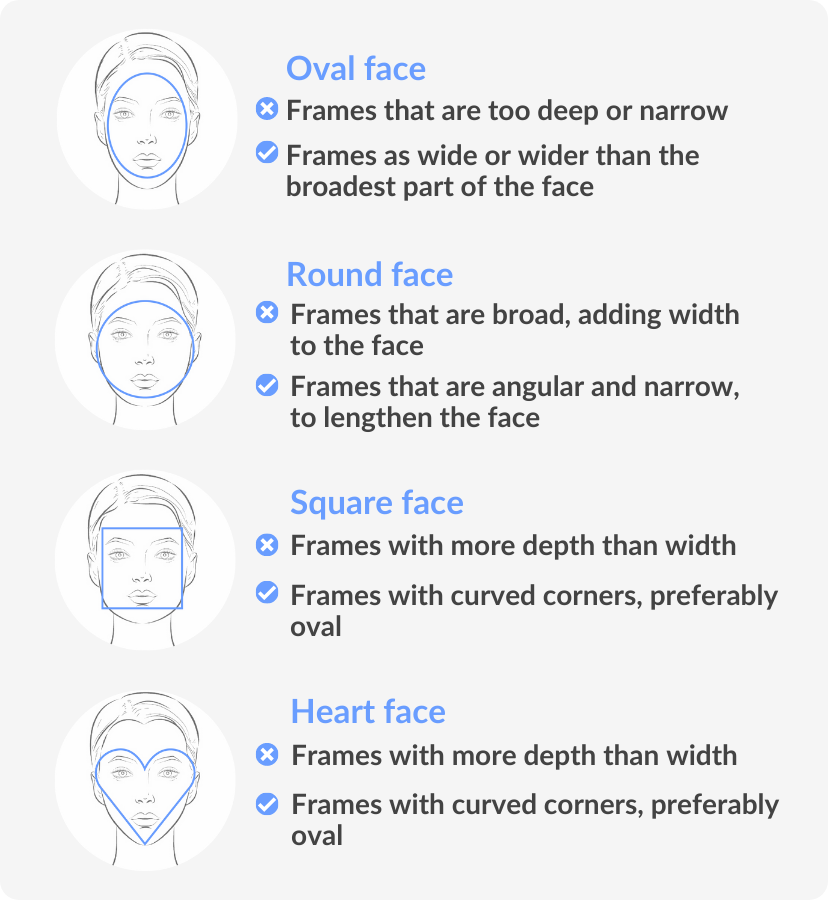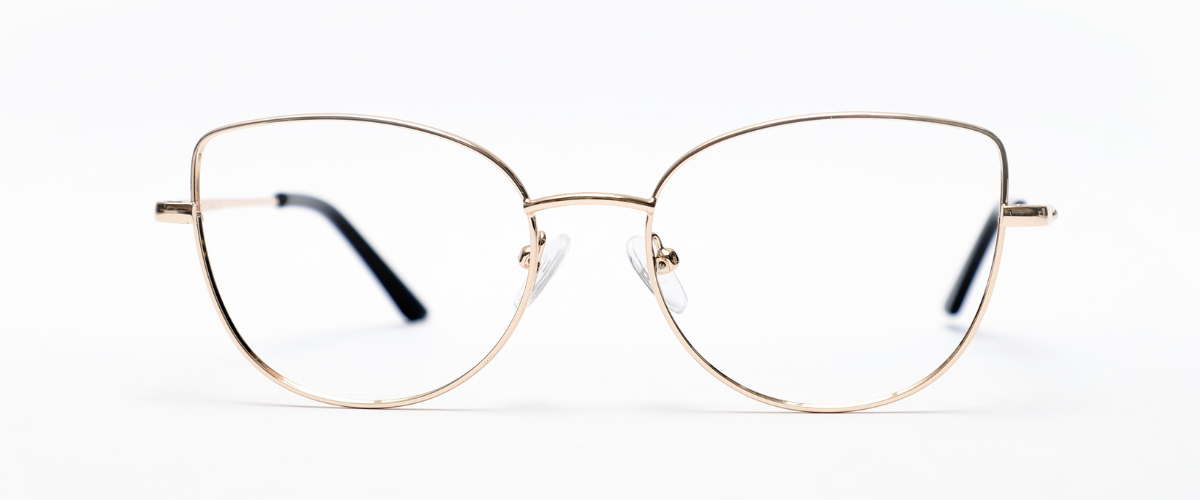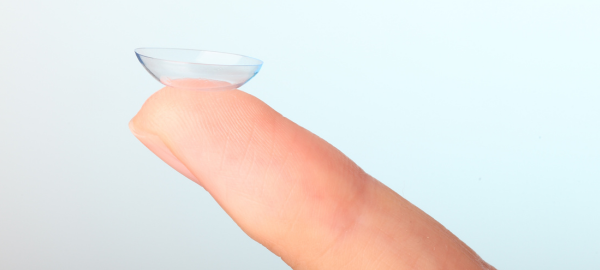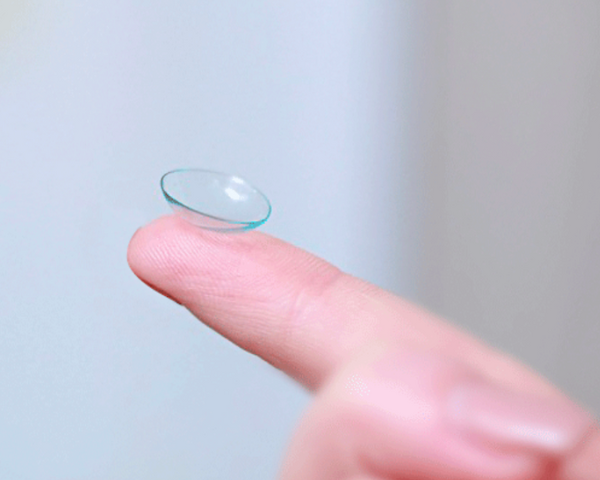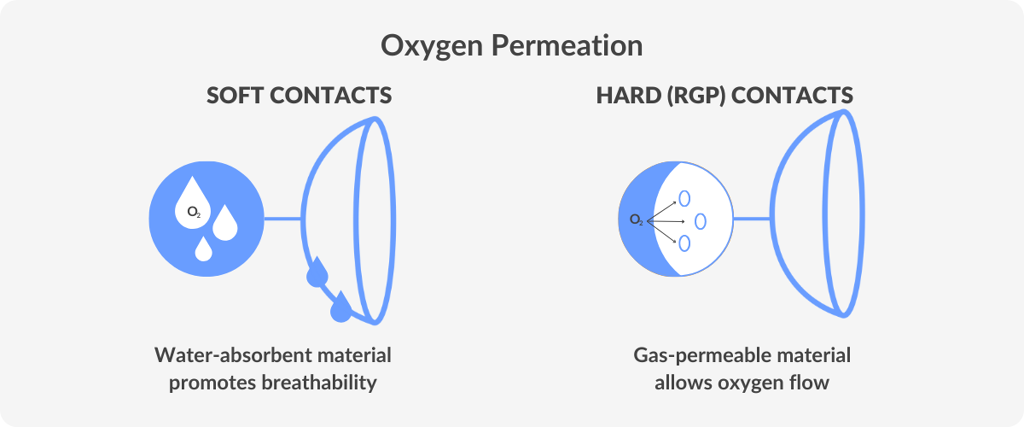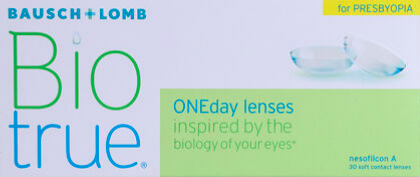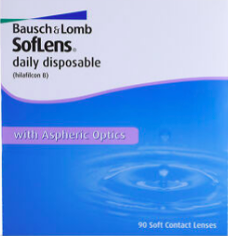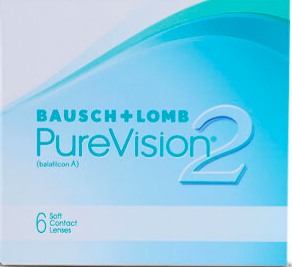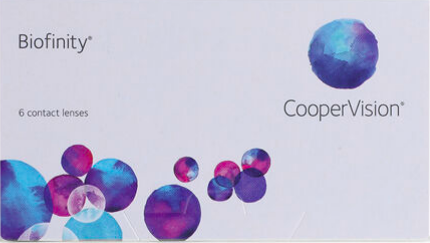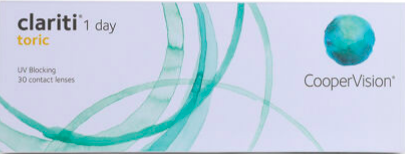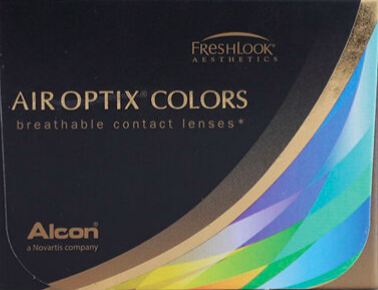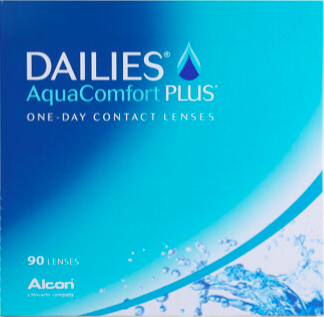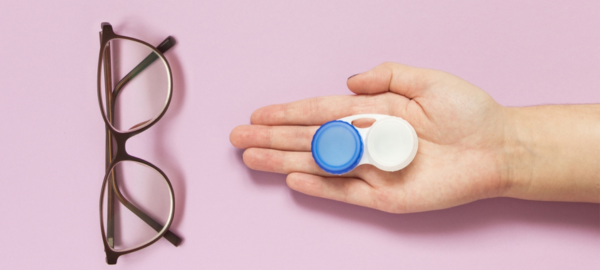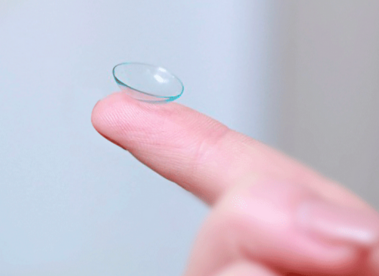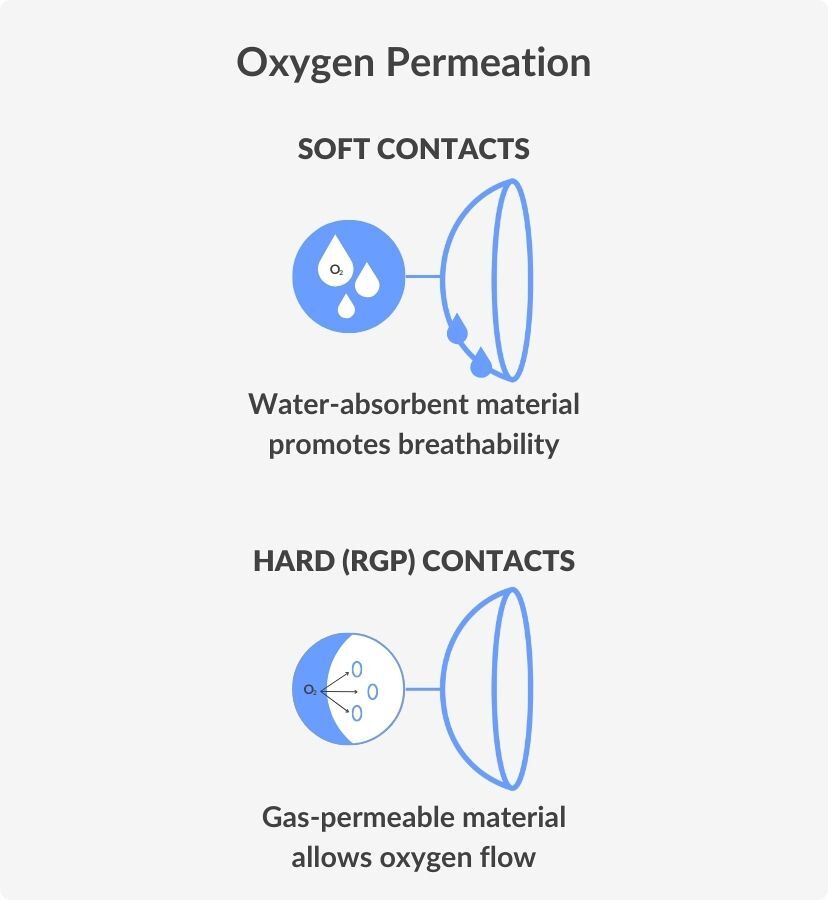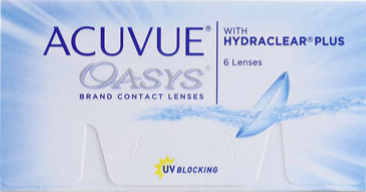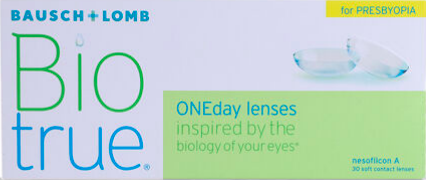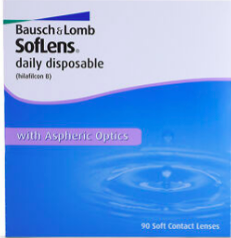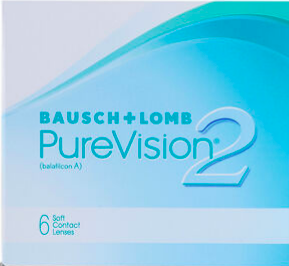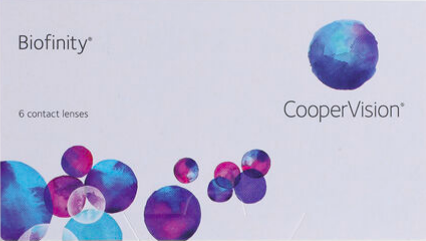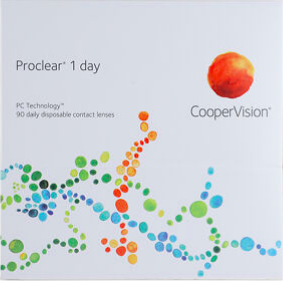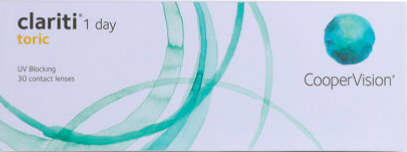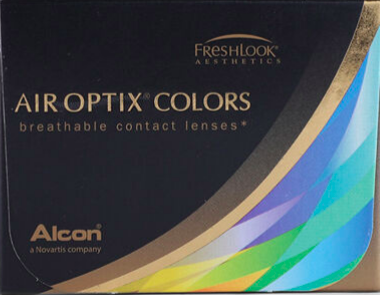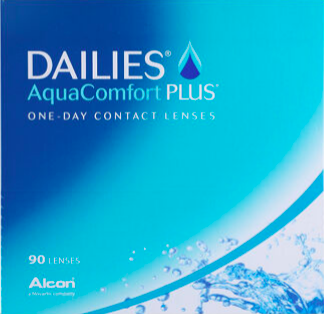How to Remove Scratches From Glasses
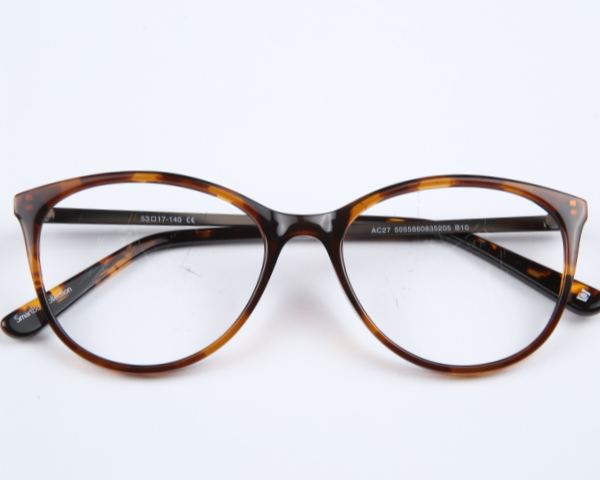
Scratched glasses can be an annoyance for glasses wearers, affecting the appearance and functionality of the frames. The only way to remove scratches from a glasses lens is to replace it.
However, sometimes DIY methods are suggested online. The reality is that these methods are much more likely to cause further damage than to help repair scratched glasses.
Can you remove scratches from prescription glasses?
Removing a scratch from your prescription glasses is not possible, as it will cause permanent damage to the lens surface. So once a lens is scratched deep enough, it’s scratched for good. Although an optician can adjust the glasses and give advice on fit and care, it is best to replace the lens entirely.
Some DIY suggestions for removing scratches from glasses include everyday household items like toothpaste, baking soda, and furniture polish. One of the significant issues with these fixes is that they all rely on the abrasive nature of the chemicals found in these items.
Removing scratches from glasses using any of these ideas not only puts you at risk of damaging any special lens coatings but also has the potential to alter the shape of your lenses.
Remember that the whole function of your prescription lenses is to provide you with the necessary adjustments to see life clearly! If you alter the lenses even slightly, it will affect the functionality of your prescription glasses irreversibly, leaving you in a worse position than before
How to get scratches out of glasses with baking soda
Baking soda is an abrasive cleaner, so using this to remove scratches from your lenses could further scratch them. Baking soda can warp your lenses and erode lens coating, therefore worsening your vision. Using this material to remove scratches is risky, so we do not recommend it.
Does using toothpaste on scratched glasses work?
Similarly to baking soda, toothpaste is not recommended to remove scratches on glasses. The idea behind using toothpaste to improve scratched lenses is that the paste will wear down the coating enough to hide the scratches. However, this will only cause even more permanent scratches and will polish the scratches already on your glasses.
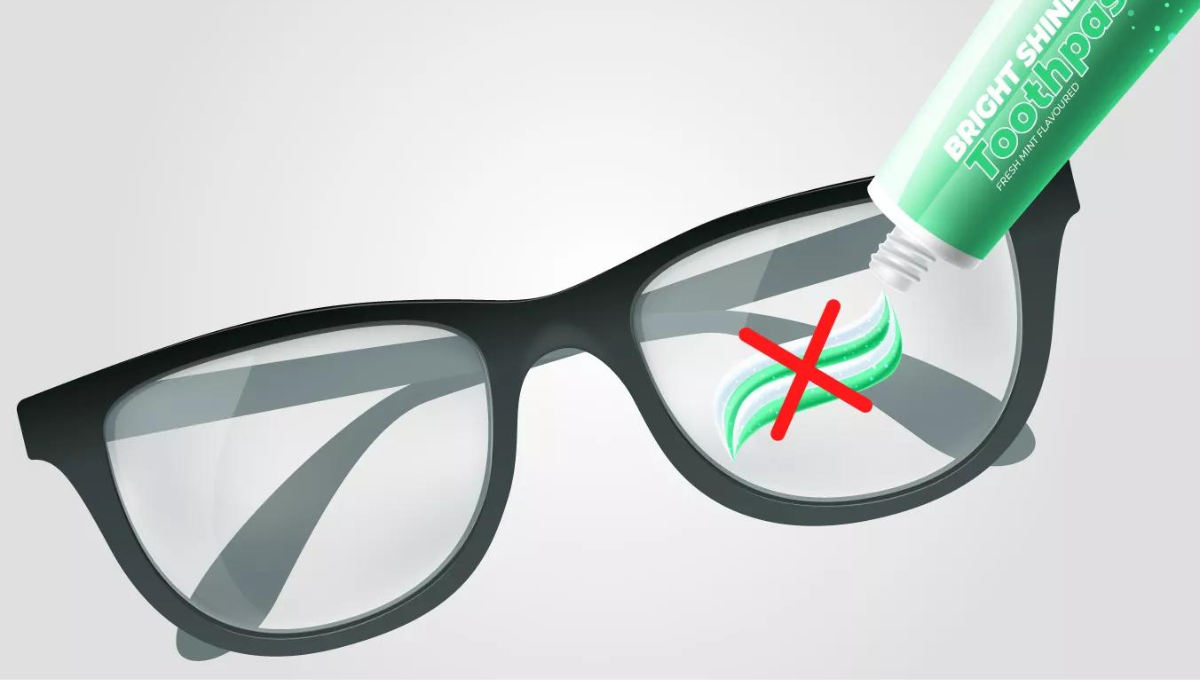

DID YOU KNOW?
Contrary to popular belief, toothpaste and baking soda do not remove scratches from your lenses and will actually damage them further.
Can you polish scratches out of glass lenses?
As aforementioned, any DIY suggestions, such as using polish to remove scratches, will only further damage the lens. Using wax is a method to try and fill in scratches, making it harder to see through them. Therefore, we do not recommend using wax or polish to remove scratches.
Can opticians remove scratches from glasses?
Unfortunately, going to an optician will get you no closer to removing scratches from prescription glasses. When a lens is damaged in such a way, the lens coating, as well as the damage to the lens itself, is permanent, and no amount of expertise will get you closer to a solution.
The best option is to get your lenses replaced and then take the necessary precautions in the future.
How to replace lenses in glasses?
To replace the lenses of your glasses, you can visit SmartBuyGlasses and explore thousands of frames at affordable prices. You can also use our Virtual Try-On tool to try on the frames digitally and order them from the comfort of your own home.
You can also visit your local optician, where they can replace the lenses in your original frame. Typically, optical stores can replace lenses if your frames are in good condition and the shape of the lenses is not complex, or you can purchase new glasses.
How to prevent scratches on glasses?
Even getting one scratch on your glasses lens can be annoying, so preventing doing so is crucial. Consider these steps for ongoing care and avoid future damage to your lenses:
- Avoid leaving your glasses in the car in warm climates, as heat can destroy scratch-resistant layers. If your protective coatings wear off, this can put your lenses at risk of damage.
- Store your glasses in their provided glasses case when not wearing them to avoid scratches.
- Use the correct glasses cloth and optical spray for cleaning, and avoid using tissue or clothing. Tissue and other fabrics are harsher on lenses than you think.
- Don’t set glasses lens-down, as surfaces can scratch them.
As enticing as the easy DIY methods may seem, there is no way to resolve this issue at home, and you run a real risk of damaging your scratched lenses even more.
As outlined above, the only real and concrete solution is to replace your lenses and protect your glasses with all the necessary steps. Our in-house opticians are available online if you have any further questions about your scratched lenses.
Related articles


Related articles







































